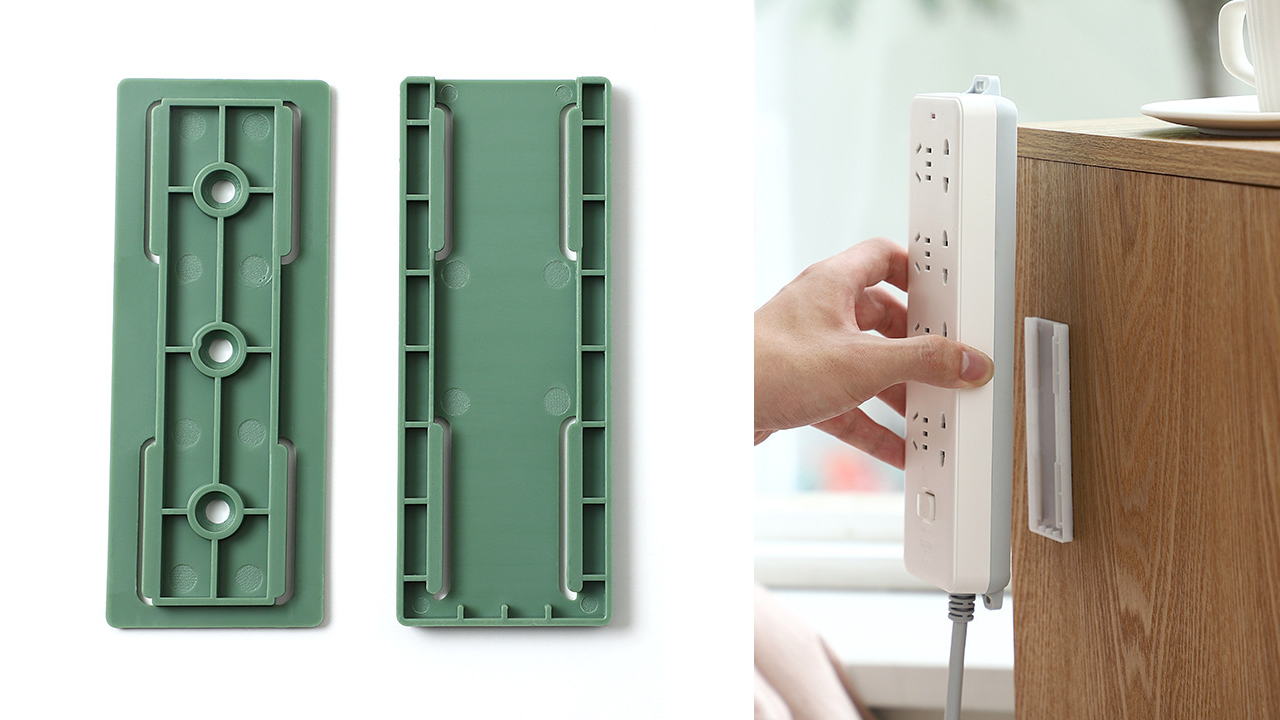Low back pain can be caused by prolonged sitting, lack of exercise, muscle strain, gynaecological problems, kidney stones and osteoporosis. As the causes of low back pain are complex, it can be determined by self-examination and then targeted treatment.

How to determine which kind of low back pain is caused by self-examination?
1. Lumbar intervertebral disc disease
After a lumbar disc lesion occurs, the pain location is relatively deep, so much so that the activity is restricted and it is impossible to bend over. When touching the waist and back, there is no painful pressure point, indicating that this is a pulling pain caused by the lumbar disc, or it may be a pain caused by small joint dysfunction, and further CT or MRI is needed to make a clear diagnosis.
2. Lumbar muscle strain
If the pain is concentrated in the lumbar muscles and the fascia of the lumbar back and is superficial and can be felt by hand, and the pain increases when pressure is applied, this indicates a lumbar muscle strain. In this case, you should pay more attention to rest and limit the movement of the spine to avoid affecting the repair of soft tissues; at the same time, you should not make movements that will lead to flashing back, and correct your standing and sitting posture.
3. Nerve involvement
Low back pain with radiating pain in the lower limbs, radiating to the thighs, calves, back and soles of the feet, or numbness and weakness in the lower limbs, making it impossible to walk on tiptoe, is most likely caused by nerve involvement. This is a condition that should not be tolerated and requires further medical examination to determine the extent and location of the compression. The sequelae of low back pain caused by nerve involvement are more frequent, so timely intervention and early treatment are needed.
4. Tumours
If there is unexplainable back pain, no pressure point can be found, especially at night when the pain is more severe, and no matter what the pain does not diminish, you need to consult a doctor for a comprehensive examination to rule out the possibility of a tumour.

How can I get a good waist?
1. Five-point support
First lie flat on the bed, bend your elbows and knees, head and neck, the tips of the two elbows and the soles of the feet touch the bed, making the waist and back and hips near the maximum extent of leaving the bed, insist for three seconds and then return to the original state, which can improve the back support and delay the degeneration of intervertebral disc function.
2. Small swallow fly
Take a prone position, two hands back to put well, head and feet as far as possible upward, as do the small swallow flying action, during the period can not bend the knee.
3. Backward leg lift
First lie on the bed, make the left leg and left foot as hard as possible to the back, until the back muscles feel contracted and stretched, then switch to the other side.
Tips
It is important to note that exercise is a gradual process that requires progressive coordination of muscle stability, which can reduce the symptoms of low back pain and delay lumbar disc degeneration. However, functional training should not be done during the acute inflammatory phase of lumbar pain, as this may aggravate the condition. It is only after the inflammation has been controlled and the pain reduced that functional training can be done to avoid a relapse.
Bookmark
Popular Articles
-
Fitness Equipment | How to choose a suitable for their own yoga mat?

-

Photos
The world's most beautiful big cities at nightJul 01, 2025
-
 These pieces of home goodies, home essential artifacts, has been using a straight cool, home happiness burst
These pieces of home goodies, home essential artifacts, has been using a straight cool, home happiness burstJul 01, 2025
-

Photos
Keep your power sockets and air conditioner remote control well storedJul 01, 2025
-
 The world's most dinosaur-like lizards: Armadillo ring-tailed lizards
The world's most dinosaur-like lizards: Armadillo ring-tailed lizardsJul 01, 2025
-
 These are the top 4 causes of sunken nails to watch out for!
These are the top 4 causes of sunken nails to watch out for!Jul 01, 2025







Comments
0